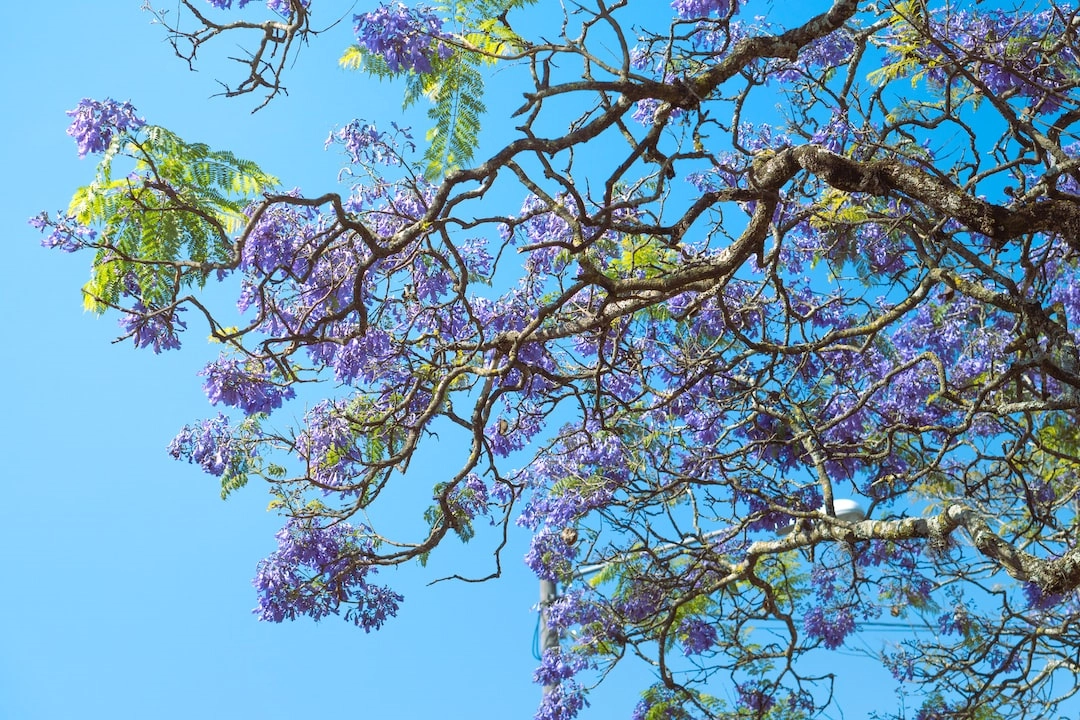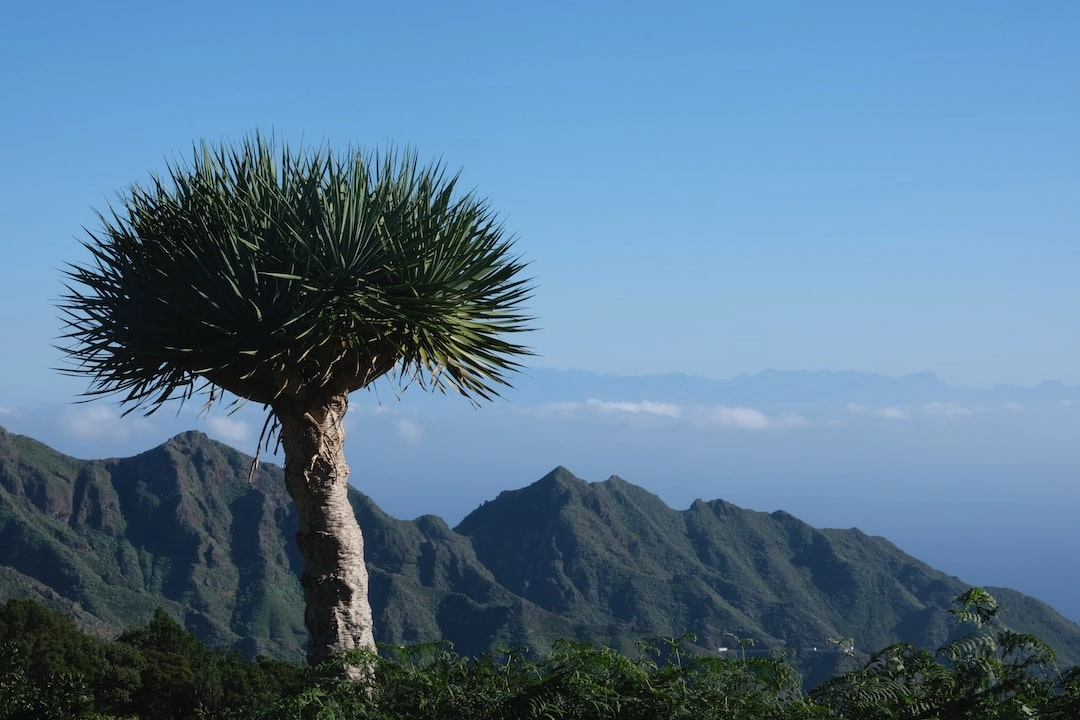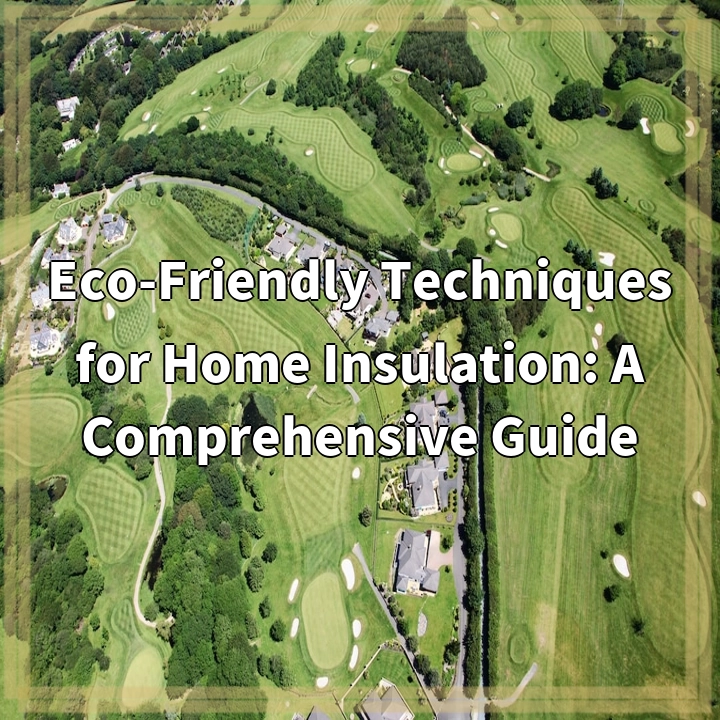
What is Sustainable Horticulture?
Sustainable horticulture is a practice that focuses on cultivating plants, flowers, and vegetables in a way that minimizes negative environmental impacts and promotes the long-term health of ecosystems. It involves adopting methods that conserve resources, reduce pollution, support biodiversity, and promote the overall well-being of both plants and the surrounding environment.
Real-World Problems Associated with Sustainable Horticulture
1. Soil Quality and Erosion
Sustainable horticulture aims to maintain and improve soil quality by implementing practices that minimize erosion and degradation. Traditional farming techniques often rely on heavy chemical inputs and extensive tilling, which can lead to soil erosion, nutrient depletion, and loss of soil biodiversity. Sustainable horticulture addresses these issues through organic fertilizers, cover cropping, and minimal soil disturbance methods.
2. Water Management
Water scarcity is a significant challenge facing horticulture. Traditional irrigation methods are often wasteful and can deplete water sources. Sustainable horticulture focuses on efficient water management strategies, such as drip irrigation, rainwater harvesting, and incorporating drought-resistant plant varieties. These practices help conserve water resources while maintaining plant health and productivity.
3. Chemical Pesticides and Fertilizers
Conventional horticulture often relies heavily on synthetic pesticides and fertilizers, which can have detrimental effects on the environment, including water pollution, harm to beneficial insects and pollinators, and soil degradation. Sustainable horticulture emphasizes the use of natural and organic methods to manage pests and improve soil fertility. Integrated Pest Management (IPM) techniques, for example, involve the strategic use of biological controls and cultural practices to minimize pesticide use.
4. Biodiversity Preservation
Intensive horticultural practices can lead to the loss of biodiversity in rural and urban areas. The conversion of natural habitats into horticultural lands, coupled with the use of monocultures, disrupts ecosystems and reduces wildlife habitats. Sustainable horticulture promotes biodiversity conservation by incorporating native plants, creating habitats for beneficial insects and pollinators, and implementing agroecological principles. These actions help restore ecological balance and support wildlife populations.
5. Energy Consumption
Energy-intensive practices, such as greenhouse heating and artificial lighting, are common in horticulture and contribute to carbon emissions and resource depletion. Sustainable horticulture aims to reduce energy consumption by adopting renewable energy sources, utilizing passive solar methods, and implementing energy-efficient technologies. This not only minimizes the environmental impact but also reduces operating costs for horticultural businesses.
Conclusion
Sustainable horticulture is a critical approach to address the environmental challenges associated with traditional horticultural practices. By prioritizing soil health, water management, natural pest control, biodiversity preservation, and energy efficiency, sustainable horticulture cultivates a greener future that supports both human well-being and the health of our planet.

Solutions for Sustainable Horticulture
1. Soil Quality and Erosion
Solutions for maintaining and improving soil quality in sustainable horticulture include:
- Using organic fertilizers to nourish the soil without harmful chemicals
- Practicing cover cropping to prevent erosion and add organic matter
- Minimizing soil disturbance through techniques like no-till farming
2. Water Management
Solutions for efficient water management in sustainable horticulture include:
- Implementing drip irrigation systems for targeted water delivery
- Collecting and storing rainwater for irrigation purposes
- Choosing plant varieties suited to local climate conditions to reduce water needs
3. Chemical Pesticides and Fertilizers
Solutions for minimizing the use of chemical pesticides and fertilizers in sustainable horticulture include:
- Practicing Integrated Pest Management (IPM) techniques, which involve using natural predator insects and other biological controls to manage pests
- Using organic and natural fertilizers, such as compost, to improve soil fertility
- Encouraging crop rotation and diversifying plantings to reduce pest pressures
4. Biodiversity Preservation
Solutions for preserving biodiversity in sustainable horticulture include:
- Incorporating native plants and flowers to support local wildlife populations
- Creating habitats, such as pollinator gardens, to attract beneficial insects and birds
- Practicing agroecology principles, which promote ecological diversity and balance
5. Energy Consumption
Solutions for reducing energy consumption in sustainable horticulture include:
- Using renewable energy sources, such as solar panels, to power operations
- Implementing passive solar methods, such as greenhouse design optimizations
- Adopting energy-efficient technologies, such as LED lighting systems
Conclusion
Through the implementation of these solutions, sustainable horticulture practices can minimize environmental impacts, promote ecosystem health, and contribute to a greener future for horticultural industries and the planet as a whole.















